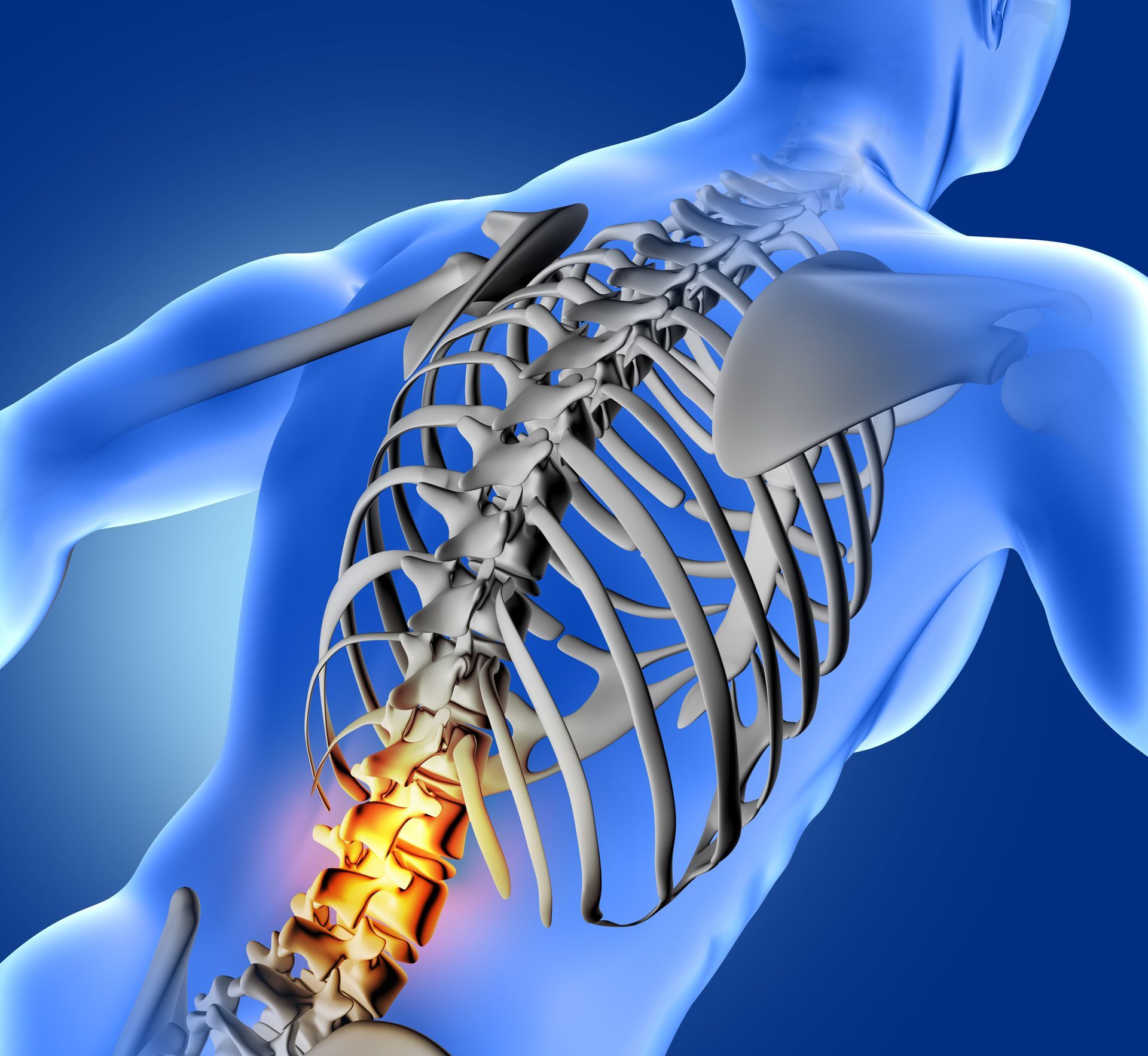Vertebroplasty/Kyphoplasty
Do you have acute (new) back pain and have been diagnosed with a spinal vertebral compression fracture (VCF)?
If so, you may be a candidate for a cutting edge procedure to fix the bone and place an internal cement cast that preserves the spinal region and reduces the risk of repeat fractures in nearby bones.
Vertebroplasty and kyphoplasty are minimally invasive procedures used to treat vertebral compression fractures of the spine caused by osteoporosis or injury. These fractures, if left untreated, can lead to a humped spine called kyphosis. The procedures involve restoring vertebra height by using a balloon to expand the compressed vertebra and injecting cement into the fractured bone. This helps patients recover faster and reduces the risk of future fractures.
What is a compression fracture?

Small break, crack or even collapse of a spinal bone that helps hold up your spine.
Who is at risk for vertebral compression fractures?
Most commonly, people with osteoporosis (thin, weak bones) who have sudden back pain after a fall or simply sneezing, coughing or bending over, may experience a VCF. Other risk factors for young, otherwise healthy individuals, are a major traumatic injury, such as automobile accidents or falls from a significant height.
How are VCF’s treated?
Occasionally if the fracture is very small and asymptomatic, observation, bracing and/or physical therapy is the answer. However, if the pain is unbearable and/or the broken bone is significant, vertebroplasty can provide significant pain relief and preserve the supporting spinal structures around the broken bone. When left untreated, many individuals develop chronic back pain from other sources associated with the untreated fracture.
How is vertebro/kyphoplasty performed?
A small amount of medical-grade cement is injected into the bone to form an internal cast. The procedure is performed under fluoroscopy (a special type of x-ray). Dr. Kroopf typically performs this procedure with one small incision and the procedure takes about an hour.
How quickly will I get pain relief?
When performed early in the course, typically in the first week to a few weeks, pain relief is usually immediate.
Painful Diabetic Neuropathy (PDN) - Neurostimulation
Are you experiencing any of the following symptoms of diabetic neuropathy?
- Severe numbness, burning and/or tingling in your legs and/or feet
- Legs feel weak when you stand up
- Do you have difficulty balancing on one leg
01
What causes painful diabetic neuropathy?
Nerve damage from high blood sugars. Remember diabetes affects all organ systems and unchecked, can lead to heart attack, stroke, kidney failure, leg amputation, and vision loss.
02
Are you a candidate for this procedure?
If you suffer from symptoms of PDN and have already failed conventional treatments like prescription drugs like gabapentin and Lyrica, natural remedies and/or physical therapy?
03
How many people have this problem?
You are not alone. Over 400 million people in the US have diabetes. Over 40% of people with diabetes suffer from painful diabetic neuropathy.
04
Why consider HF10 therapy?
- Over 90% of people using HF10 therapy studied over 2 years, experienced >50% pain relief of their neuropathy symptoms.
- Over 65% of people experienced significant improvements in sleep and nerve function. Most improvements were in return of sensation to their feet and legs. Sensation performs an important protective affect, reducing the risk of foot ulceration and lower limb amputations.





